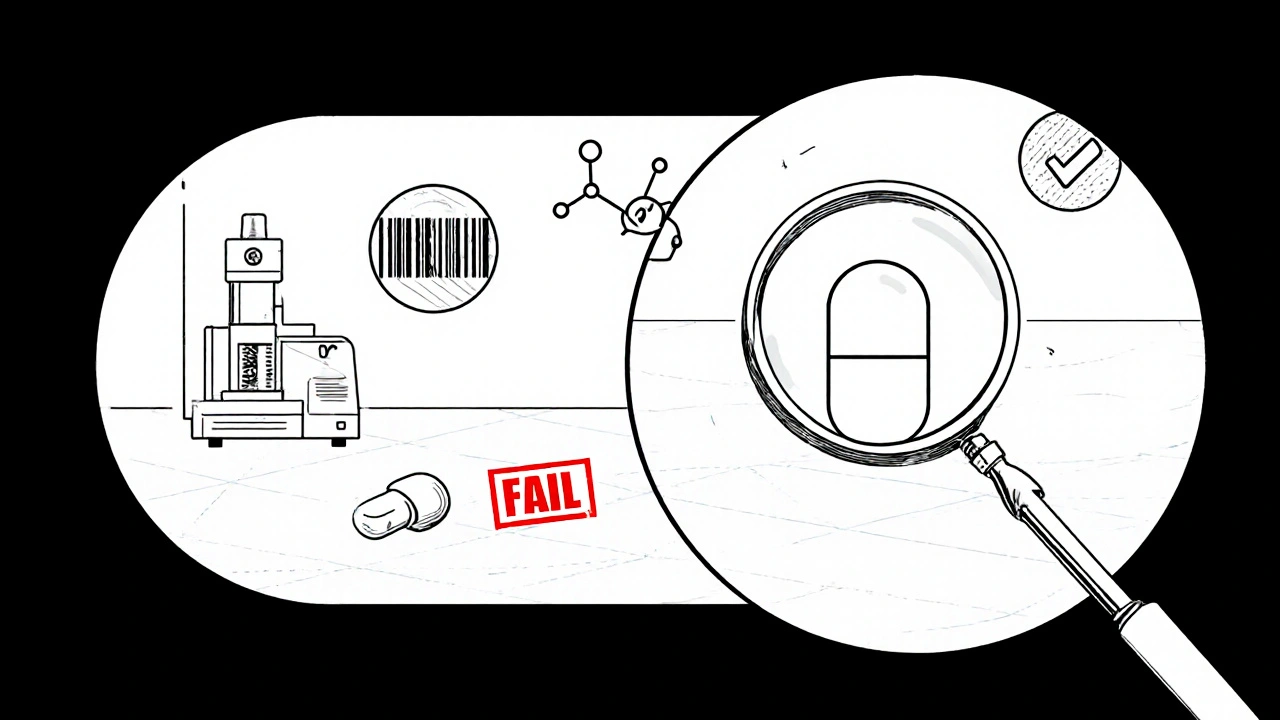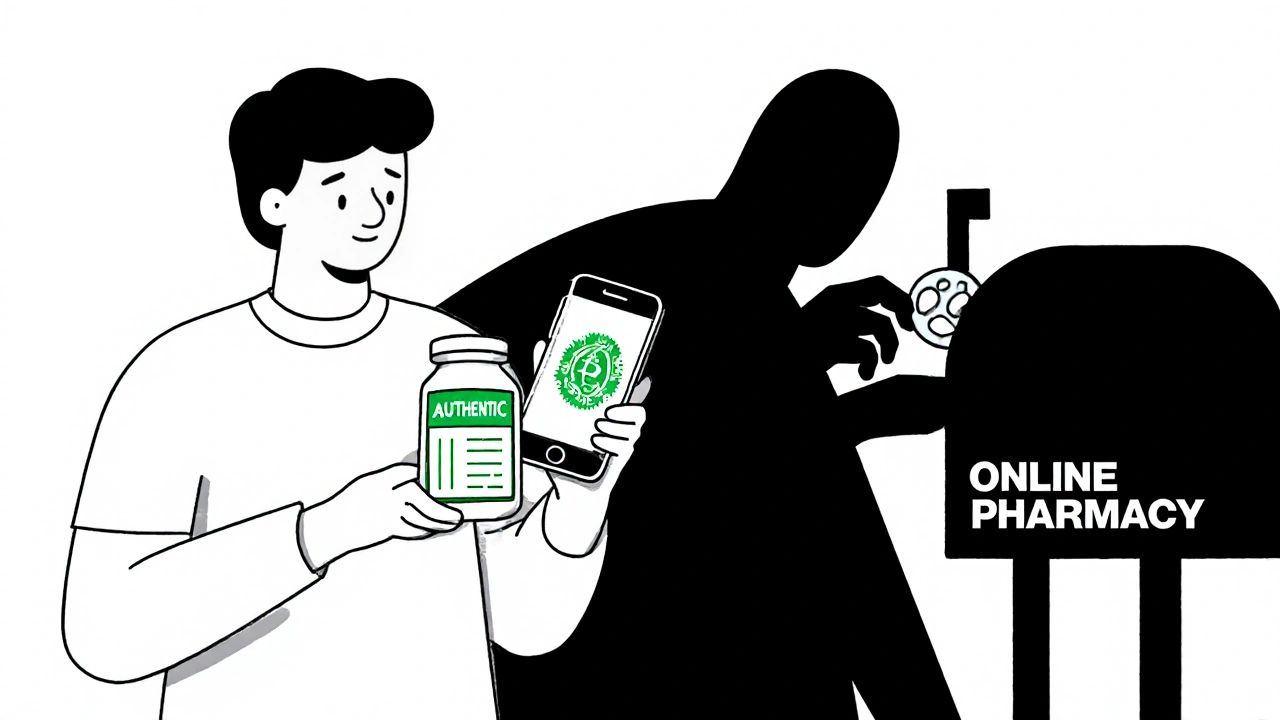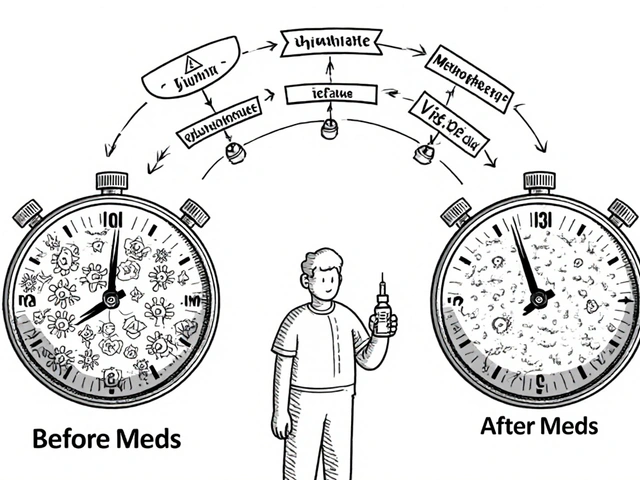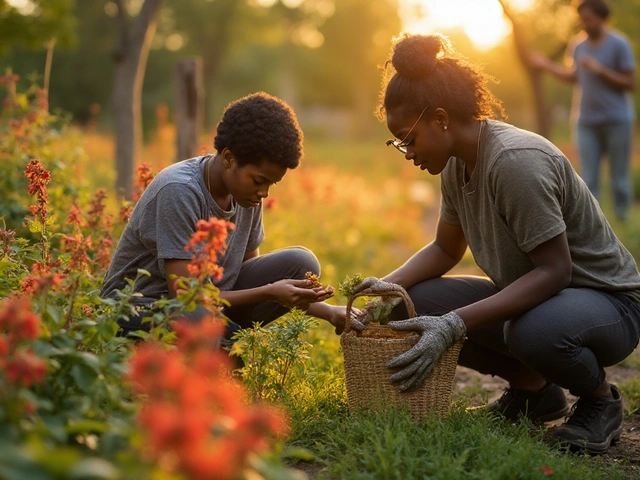
Every pill you swallow should work the way it’s supposed to. But what if it doesn’t? What if it’s fake? Counterfeit drugs aren’t just scams-they’re dangerous. They might contain no active ingredient, the wrong chemical, or toxic contaminants. And while fake medicines are a global problem, the system built to stop them is surprisingly robust-when it’s done right.
Why Generic Drugs Are the Front Line Against Counterfeits
Generic drugs make up 90% of all prescriptions filled in the U.S. They’re cheaper, widely available, and just as effective as brand-name versions-if they’re real. The problem? Counterfeiters know this. They target generics because they’re easier to copy and harder for patients to question. A fake blood pressure pill might look identical to the real one, but it won’t lower your pressure. A counterfeit antibiotic might not kill the infection-and could make you sicker. The key to stopping this isn’t just catching fakes at the border. It’s building authenticity into every step of manufacturing. That’s where generic manufacturing standards come in. These aren’t suggestions. They’re legally enforced rules that force manufacturers to design quality in from the start.What cGMP Really Means for Drug Safety
The backbone of this system is cGMP-Current Good Manufacturing Practices. It’s not a checklist. It’s a philosophy: quality can’t be tested into a drug after it’s made. It has to be built in. The FDA says it plainly: testing alone isn’t enough. A pill can pass every lab test and still be fake if the process that made it was sloppy. cGMP requires manufacturers to control everything: where raw materials come from, how the factory is cleaned, how machines are calibrated, how workers are trained. Every batch must be tracked. Every deviation investigated. Every change documented. There’s no room for guesswork. For example, raw materials must be tested against approved reference standards using techniques like infrared spectroscopy and high-performance liquid chromatography. These aren’t basic tests-they can tell the difference between the real active ingredient and a look-alike chemical with 99.9% accuracy. If a batch fails even one test, it’s destroyed. No exceptions.The SQUIPP Framework: The Five Pillars of Real Medicine
Pharmaceutical quality isn’t one thing. It’s five things, all checked, every time. This is called the SQUIPP framework:- Safety-No harmful impurities. Even trace amounts of toxins like nitrosamines are monitored down to parts per billion.
- Quality-The pill must dissolve properly in the body. Dissolution tests ensure at least 80% of the drug releases within 30-45 minutes.
- Identity-Is it the right drug? Spectrometry and chromatography confirm the exact chemical structure.
- Potency-Does it have the right dose? Every tablet must contain 90-110% of the labeled amount.
- Purity-No foreign substances. Dust, metal shavings, or wrong polymorphs (different crystal forms of the same drug) are rejected.
How Track-and-Trace Systems Block Fake Pills Before They Reach You
Even perfect manufacturing can’t stop counterfeits if the supply chain is broken. That’s why the U.S. Drug Supply Chain Security Act (DSCSA) requires every prescription drug package to have a unique digital identifier-a serial number, lot number, and expiration date encoded in a barcode or QR code. This isn’t just for show. When a pharmacy receives a shipment, they scan each package. The system checks if the identifier matches what the manufacturer sent. If it doesn’t, the system flags it. In 2023, over 92% of the top 50 generic manufacturers had full track-and-trace systems in place. Smaller companies are catching up. This system caught a fake version of the diabetes drug metformin in 2022. The fake had the right chemical, but the serial numbers didn’t match the manufacturer’s database. The batch was stopped before it reached patients.What Happens When the System Fails
The system works well-when it’s followed. But it’s not perfect. In 2018, a batch of the blood thinner valsartan was recalled because it contained a cancer-causing impurity. Standard tests didn’t catch it because the impurity wasn’t on the list of expected contaminants. The problem? The manufacturer changed the chemical process without telling regulators. This exposed a gap: quality control systems are only as good as the rules they follow. If a new impurity forms through a new manufacturing method, and no one’s testing for it, it can slip through. Another issue is polymorphs-the same molecule arranged in different crystal structures. One form works. Another doesn’t. Standard tests can’t always tell the difference. That’s why the European system requires a Qualified Person (QP) to personally sign off on every batch. The U.S. relies more on process validation. Both have strengths.
Global Reality: Where Counterfeits Still Win
In the U.S. and EU, fewer than 1 in 1,000 generic drugs are counterfeit. But in some developing countries, that number jumps to 1 in 3. Why? Weak regulation, underfunded inspectors, and poor infrastructure. Interpol’s 2022 Operation Pangea seized $21 million in fake medicines-78% of them falsely labeled as generics. Many were sold online, disguised as legitimate pharmacies. Patients in Nigeria, Pakistan, and parts of Latin America are buying pills from websites with no oversight. The WHO estimates that 1% of medicines in developed countries are fake. In low-income countries, it’s up to 30%. That’s not just a health crisis-it’s a trust crisis.What’s Next: AI, Blockchain, and Molecular Tags
The fight against counterfeits is going high-tech. The FDA is investing $150 million in new detection tools. Companies like IBM and Siemens are pouring $1.2 billion into AI-powered quality systems that can spot anomalies in real time. Some manufacturers are testing molecular taggants-tiny, invisible markers added to the drug that can be scanned with a smartphone. Others are using blockchain to create tamper-proof digital ledgers of every batch’s journey. In Africa, the WHO is rolling out blockchain verification for antimalarial generics. Patients can scan a code and see if the drug came from a certified source. Early results show a 60% drop in reported fake drugs in pilot areas. These aren’t sci-fi ideas. They’re being deployed now. And they’re working.What You Can Do
You don’t control the factory. But you can control where you buy your medicine.- Buy from licensed pharmacies-online or in person. Avoid websites that sell drugs without a prescription.
- Check the packaging. Is it sealed? Are the print quality and spelling correct? Fakes often have blurry text or misspellings.
- Ask your pharmacist. They know which generics are reliable. If they’re unsure, they’ll check.
- Report suspicious drugs. The FDA has a portal for reporting counterfeit medicines. Your report could save a life.
Are generic drugs as safe as brand-name drugs?
Yes-when they’re made under proper quality standards. The FDA requires generics to meet the same safety, strength, and purity requirements as brand-name drugs. Studies show generic drugs have a 0.02% adverse event rate, compared to 0.03% for brand-name drugs. The difference is negligible. What matters is whether the manufacturer follows cGMP rules.
How can I tell if my generic drug is fake?
Look for signs: misspelled names, unusual color or texture, packaging that looks cheap or different from previous refills. Check the lot number and expiration date. Buy only from licensed pharmacies. If something feels off, ask your pharmacist or report it to the FDA. Most fake drugs are sold online-avoid websites that don’t require a prescription.
Why are counterfeit drugs more common in some countries?
Countries with weak regulatory systems, underfunded inspectors, and poor supply chain tracking are more vulnerable. In places where enforcement is inconsistent, counterfeiters exploit gaps. The WHO reports counterfeit rates of 10-30% in regions with poor oversight, compared to under 0.1% in countries with strong GMP enforcement.
Do all generic manufacturers follow the same rules?
Legally, yes. But compliance varies. In the U.S., 94% of generic drug facilities pass FDA inspections. In India, it’s 78%. In China, it’s 65%. The FDA inspects foreign facilities less frequently than domestic ones, which creates risk. That’s why buying from U.S.-based pharmacies or those with verified international sourcing matters.
Is it safe to buy generic drugs online?
Only if the website is verified. Look for the VIPPS seal (Verified Internet Pharmacy Practice Sites) or check the FDA’s list of safe online pharmacies. Most sites selling drugs without a prescription are illegal and sell counterfeit products. The FDA found 96% of drugs from unregulated online pharmacies failed quality tests. Never buy from sites that don’t require a prescription or don’t list a physical address.



